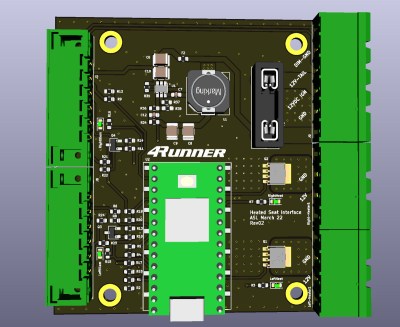Most of us would equate commercial airline travel with fixed-wing aircraft, but civilian transport by helicopter, especially in large and sparsely populated regions, is common enough. It was once even big business in the Soviet Union, where the Aeroflot airline operated passenger helicopters in regular service for many decades. In the mid-1960s they even started work on converting the Mil Mi-6 — the USSR’s largest and fastest helicopter — to carry paying passengers. Unfortunately this never got past a single prototype, with the circumstances described by [Oliver Parken] in a recent article.
This passenger version of the Mi-6 got the designation Mi-6P (for passazhirskyi, meaning passenger) and would have seated up to 80 (3 + 2 row configuration), compared to the Mi-8 passenger variant that carried 28 – 31 passengers. Why exactly the Mi-6P never got past the prototype stage is unknown, but its successor in the form of the Mi-26P has a listed passenger variant and features. Both have a cruising speed of around 250 km/h, with a top of 300 km/h. The auxiliary winglets of the Mi-6 provided additional lift during flight, and the weight lifting record set by the Mi-6 was only broken by the Mi-26 in 1982.
An obvious disadvantage of passenger helicopters is that they are more complicated to operate and maintain, while small fixed wing airliners like the ATR 72 (introduced in 1988) can carry about as many passengers, requires just a strip of tarmac to land and take off from, travel about twice as fast as an Mi-6P would, and do not require two helicopter pilots to fly them. Unless the ability to hover and land or take-off vertically are required, this pretty much explains why passenger helicopters are such a niche application. Not that the Mi-6P doesn’t have that certain je ne sais quoi to it, mind.



















